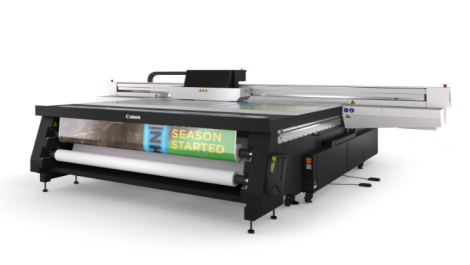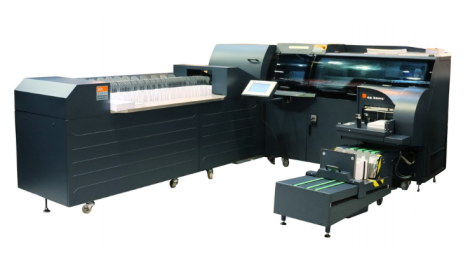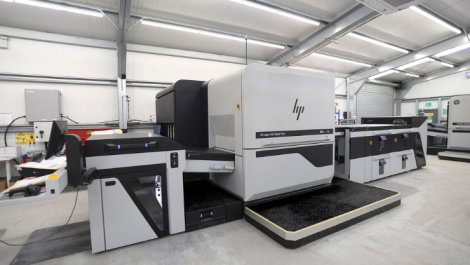Harald Grumser, chief executive officer of Compart
Comparting, an international forum for innovative document and output management, sets a clear course for multi-channel customer communications.
There are still mountains to climb toward modern customer communication. That was the essential takeaway from October’s two-day Comparting Forum on innovative document and output management, attended by approximately 370 international attendees in Böblingen, Germany.
Hosted by Compart, Comparting focused on the question of what happens now that the business world is fully engaged in the transition from purely physical to multi-channel delivery. Harald Grumser, chief executive officer of Compart, explained why, in light of the growing role of the internet and mobile devices in document processing, page- and device-independent document display and output lie at the heart of communications of the future.
Mr Grumser maintained that, more than ever, content must be adapted to the output channel. PDF has turned out to be an unhappy fit with smartphones and tablet displays. Users do, however, continue to favour the PDF format with its traditional and familiar A4 display. Yet the standard 21 x 29.7 cm page no longer works everywhere, which is why traditional channels oriented to A4 are being superseded by format-independent media. In Mr Grumser’s view, HTML5 is the format of the future.
Against this backdrop, version 2.2 of Compart’s DocBridge Mill Plus enables companies to process documents regardless of type, format, content and source so they can be output over all physical and electronic channels using HTML.
Even more fundamental than automatic downstream processing of data is restructuring customer communication, as pointed out in the keynote by Carsten Hinze of the consulting firm Porst and Steiner. With the pull and tug of changing customer behavior, new technical possibilities, and increasing legal obligations, various challenges arise that are difficult to meet using conventional approaches. Customers today communicate with multiple media, and expect companies to respond more quickly, he said. Mobile channels play a key role. He noted that this naturally affects document dispatch, thus shoring up the thesis that the future lies in readying documents for every type of physical and electronic channel when they are being created.
Mr Hinze did affirm that paper would remain an important delivery method, especially for haptically and optically premium documents, as well as sensitive documents. Therefore so-called hybrid solutions that equally support physical and electronic channels as needed have an important role to play.
The presentation from Swiss Post Solutions (SPS) confirmed that both digital and physical communication have their place. One of the company’s main areas of activity is multi-channel document output. The volume of physical output continues to mount and more than 600 million physical mailings leave SPS locations each year.
Different aspects of document processing were highlighted in presentations from companies such as Williams Lea, VHV, Canon, and ERGO Insurance Group, and the approaches to solutions clearly reflected the current trends and challenges. That was reason enough for many participants to think about optimizing their own business processes even more. One issue clearly emerged as a typical source of stress in the industry: ensuring document quality in the face of mounting compliance guidelines.
Several things were clear. With all the nuances and differences between industries, countries, and IT structures, the challenges facing customer communication of the future are universal and similar in all countries and regions.
The next Comparting Forum will be held on 15 and 16 October 2015.





